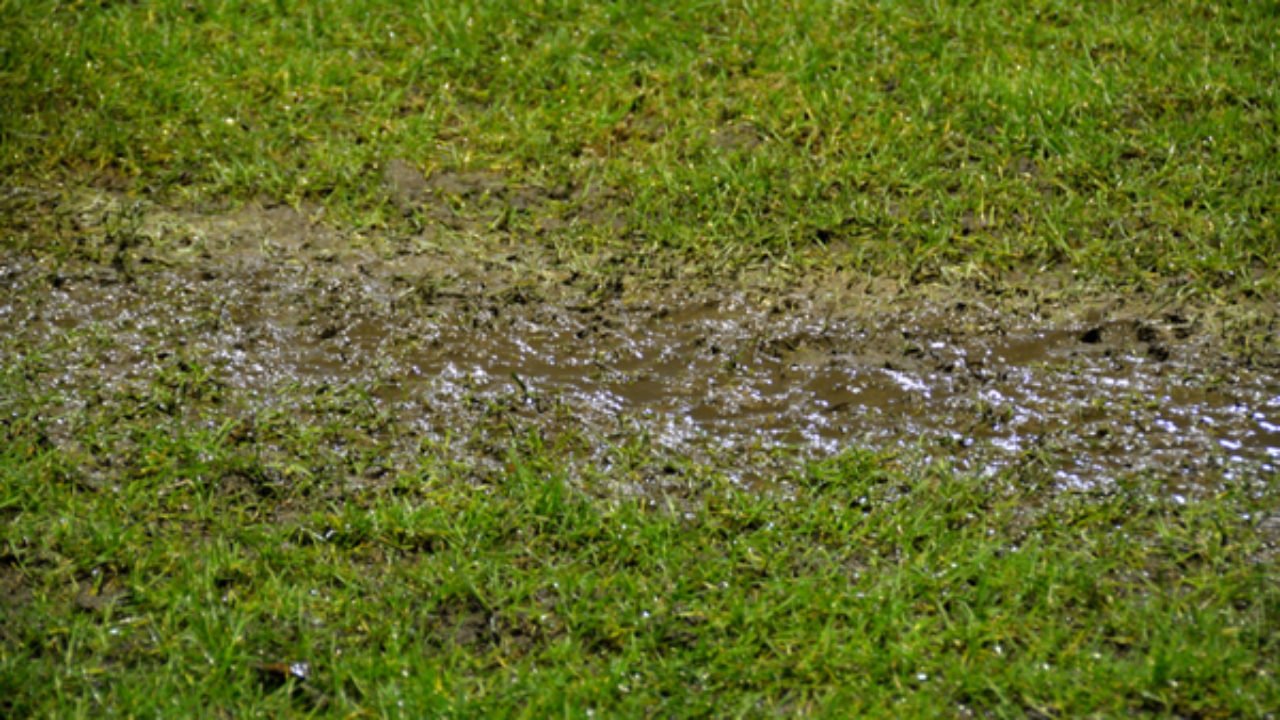Find Out Effective Ways to Detect Hidden Leaking Water Lines
Find Out Effective Ways to Detect Hidden Leaking Water Lines
Blog Article
What are your thoughts and feelings about Detecting hidden plumbing leaks?

Early discovery of dripping water lines can alleviate a potential disaster. Some small water leakages might not be noticeable.
1. Take A Look At the Water Meter
Every home has a water meter. Inspecting it is a guaranteed way that aids you find leaks. For beginners, shut off all the water sources. Ensure no person will certainly flush, make use of the faucet, shower, run the cleaning maker or dishwasher. From there, most likely to the meter as well as watch if it will certainly alter. Considering that nobody is using it, there must be no activities. If it relocates, that indicates a fast-moving leakage. Likewise, if you discover no changes, wait an hour or more and also inspect back once more. This means you might have a slow leak that can even be below ground.
2. Examine Water Consumption
If you spot abrupt adjustments, in spite of your intake being the exact same, it implies that you have leakages in your plumbing system. An unexpected spike in your bill shows a fast-moving leak.
A steady boost every month, also with the very same practices, shows you have a sluggish leak that's likewise gradually escalating. Call a plumber to thoroughly check your residential property, particularly if you feel a warm location on your floor with piping underneath.
3. Do a Food Coloring Examination
30% comes from toilets when it comes to water intake. Test to see if they are running effectively. Decrease flecks of food shade in the container and also wait 10 mins. If the color somehow infiltrates your dish during that time without flushing, there's a leakage between the storage tank and bowl.
4. Asses Exterior Lines
Do not neglect to inspect your outdoor water lines as well. Examination spigots by connecting a yard hose pipe. Must water seep out of the connection, you have a loosened rubber gasket. Replace this as well as make certain all connections are tight. It will help obtain it professionally took a look at and also preserved each year if you have actually got a sprinkler system. One tiny leakage can waste lots of water and surge your water expense.
5. Examine and Assess the Circumstance
Property owners need to make it a practice to inspect under the sink counters and even inside cabinets for any type of bad odor or mold and mildew growth. These 2 warnings indicate a leak so timely focus is needed. Doing routine assessments, also bi-annually, can conserve you from a major problem.
Inspect for discolorations and also compromising as most pipelines as well as appliances have a life expectancy. If you believe leaking water lines in your plumbing system, do not wait for it to intensify.
Early detection of leaking water lines can reduce a possible disaster. Some small water leakages might not be noticeable. Checking it is a guaranteed means that aids you uncover leakages. One little leakage can throw away bunches of water and also increase your water costs.
If you presume dripping water lines in your plumbing system, don't wait for it to escalate.
WARNING SIGNS OF WATER LEAKAGE BEHIND THE WALL
PERSISTENT MUSTY ODORS
As water slowly drips from a leaky pipe inside the wall, flooring and sheetrock stay damp and develop an odor similar to wet cardboard. It generates a musty smell that can help you find hidden leaks.
MOLD IN UNUSUAL AREAS
Mold usually grows in wet areas like kitchens, baths and laundry rooms. If you spot the stuff on walls or baseboards in other rooms of the house, it’s a good indicator of undetected water leaks.
STAINS THAT GROW
When mold thrives around a leaky pipe, it sometimes takes hold on the inside surface of the affected wall. A growing stain on otherwise clean sheetrock is often your sign of a hidden plumbing problem.
PEELING OR BUBBLING WALLPAPER / PAINT
This clue is easy to miss in rooms that don’t get much use. When you see wallpaper separating along seams or paint bubbling or flaking off the wall, blame sheetrock that stays wet because of an undetected leak.
BUCKLED CEILINGS AND STAINED FLOORS
If ceilings or floors in bathrooms, kitchens or laundry areas develop structural problems, don’t rule out constant damp inside the walls. Wet sheetrock can affect adjacent framing, flooring and ceilings.
https://www.servicemasterbyzaba.com/blog/how-to-detect-water-leakage-in-walls/

I am very involved in Hacks to detect leaks and I'm hoping you enjoyed reading my blog entry. Sharing is nice. One never knows, you may just be helping someone out. I thank you for reading our article about Detecting hidden plumbing leaks.
Peace of mind? Dial! Report this page